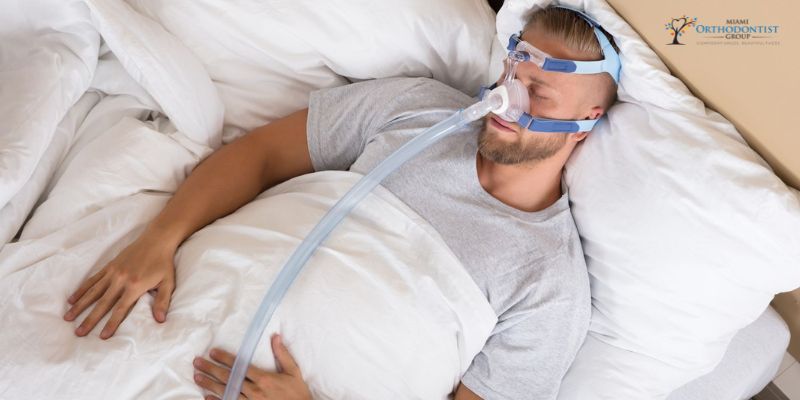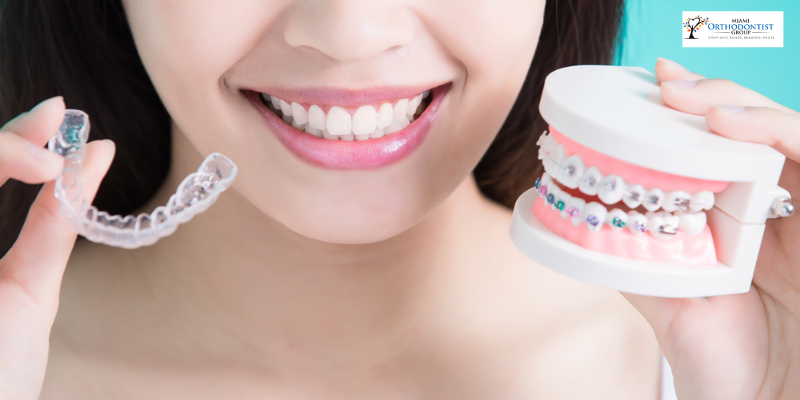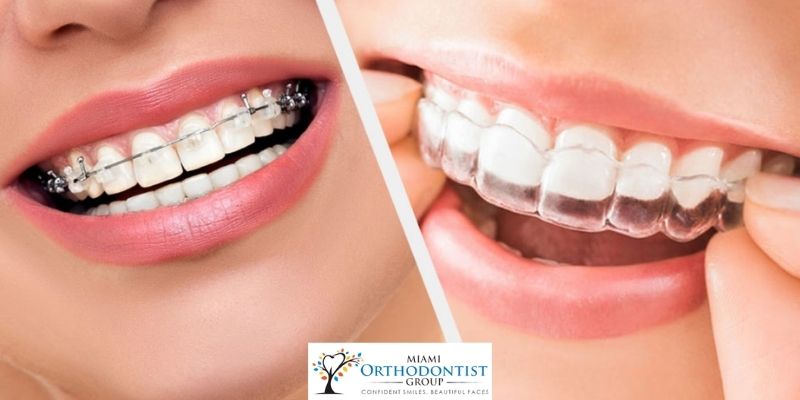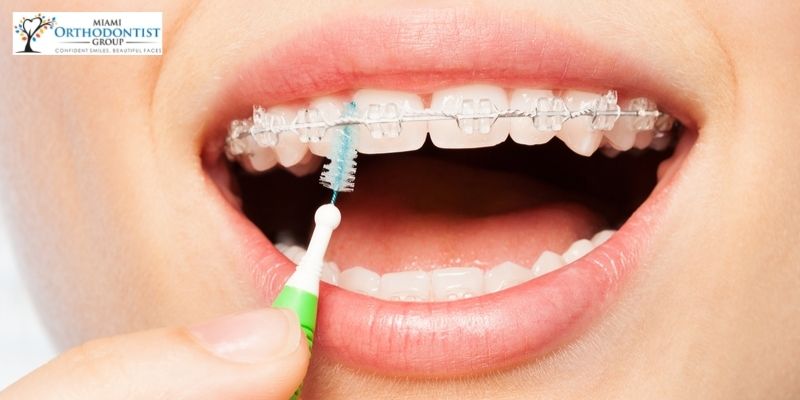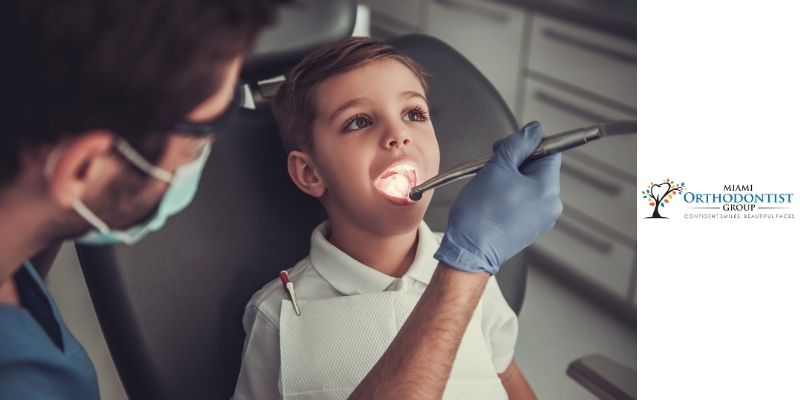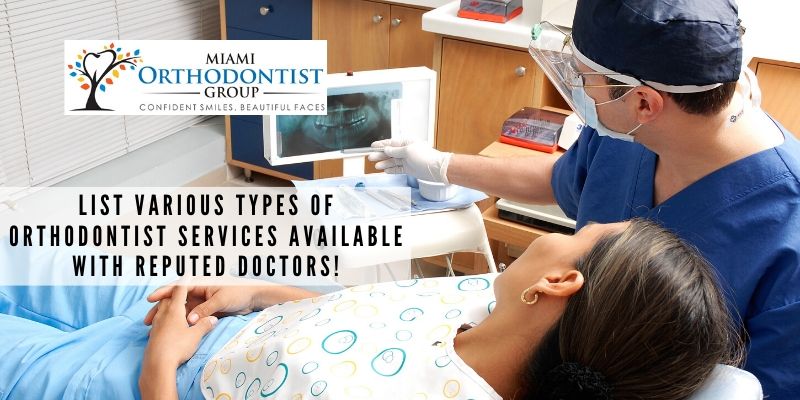Continue reading "Clear Braces vs. Conventional Braces: Treatment Process and Features"
Orthodontic treatment is often the way to go when it comes to achieving a straight and beautiful smile. Traditional metal braces have been the go-to option for many years, but in recent times, clear braces have gained popularity as a more discreet alternative. Both clear braces and conventional braces have unique features and treatment processes. …





